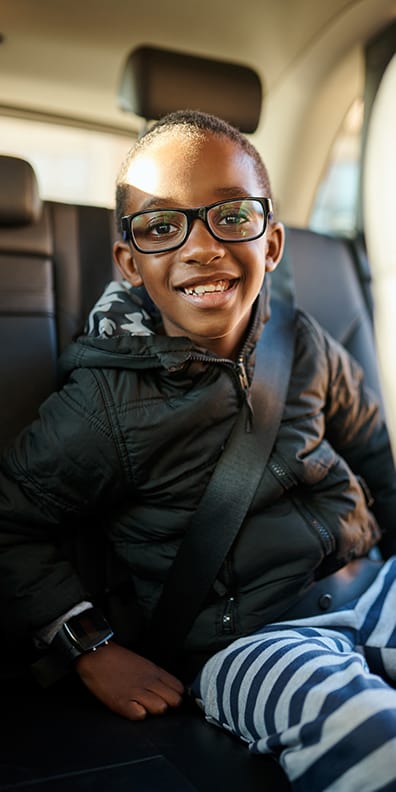Seat Belts
Seat Belts Save Lives
Most people in Washington (93 percent of us!) buckle up and follow child safety restraint laws because we know that seat belts save lives.
Even though our seat belt use rate is among the highest in the nation, about 1 out of 5 deaths from vehicle crashes involve someone not wearing, or improperly wearing, their seat belt.
Wearing your seat belt drops your risk of fatal injury in a crash by 45%
HOW CAN YOU HELP SAVE A LIFE?
Set an example: Always wear your seat belt around your friends and family (and on your own too, of course).
Speak up: Say something if you’re in a car with someone who isn’t buckling up. Practice the three Cs:
- CARE – Be clear that the other person’s safety is important to you.
- CALM – Don’t become angry or agitated. Be clear and assertive, but not aggressive.
- CONFIDENT – Speak directly with knowledge of the dangers of not properly wearing a seat belt.
Learn how to respond to common seat belt misconceptions.
Discuss with family: Talk to your family about setting rules for wearing seat belts, such as leaving the car off until everyone is completely buckled. For parents, remember that children are always watching and learning from you. Wearing your seat belt sets a good example.
Protect children: Babies and children rely on adults to make sure they ride safe in the car. Always read the manufacturer instructions for child restraints and your vehicle to ensure proper use and installation. Washington has a network of car seat technicians who can help ensure your child rides safely. Click here to find someone near you.
HOW TO SPREAD SEAT BELT FACTS
When a friend or family member tries to justify why they don’t wear a seat belt, it can be hard to know what to say. Here are some facts you can use:
IF YOU HEAR:
“I don’t wear a seat belt because I want to be able to get out of my car faster if I crash and it catches on fire or I end up in the water.”
YOU CAN SAY:
If you’re not buckled during a crash, you’re likely to be thrown from the vehicle. Front seat passengers are two to four times more likely to be killed if ejected. On the other hand, less than one-half of one percent of injury-producing crashes involve fire or submersion in water. You’re far safer being buckled in during a crash.
IF YOU HEAR:
“I have air bags so I don’t need a seat belt.”
YOU CAN SAY:
Air bags only work in frontal crashes. They are not designed to inflate if the crash is from the side or rear. Also, airbags are designed to work with seat belts – you must be in the proper position inside the car for the air bag to work properly.
IF YOU HEAR:
“I’m not buckling up because I’m not going very far (or fast)”
YOU CAN SAY:
Most fatal crashes happen within 25 miles from home and at speeds below 40 mph.
IF YOU HEAR:
“I’m worried the seat belt will hurt me in a crash.”
YOU CAN SAY:
In a crash, everything in your car can cause bodily harm, but your seat belt is one of the few things that can actually save you.
IF YOU HEAR:
“I don’t need to wear a seat belt because I drive a big car, SUV or truck.”
YOU CAN SAY:
For people in SUVs, pickups, and vans, seat belts reduce the risk of fatal injury by 60%.



